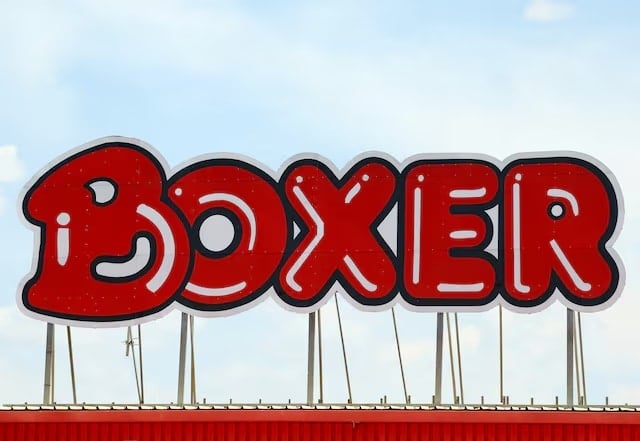
JOHANNESBURG, May 12 (Reuters) – South African discount grocery retailer Boxer said on Monday it expects sales growth in a low-teens percentage for its current financial year given the competitive pressure in the food retail market and lower inflationary environment.
Boxer, majority owned by Pick n Pay, competes with Shoprite’s Usave discounter and SPAR’s SaveMor in smaller towns, townships and rural areas. Additionally, it also faces competition from independent retailers.
“All the retailers that operate in this space are well aware that consumers are under pressure,” Boxer CEO Marek Masojada told Reuters in an interview.
“Our consumers are looking for value every day and we have a very astute consumer that really does their homework before they choose where they’re going to buy their groceries.”
In the 53 weeks ended March 2, Boxer’s turnover grew by 13.2% to 42.3 billion rand ($2.32 billion), with like-for-like sales growth of 5.6% as promotions drove shoppers to bigger product pack sizes as they seek more value.
Masojada told investors that a significant proportion of its turnover is promotion driven.
“The lower inflationary environment does dampen the sales growth expectation,” Masojada said. This, plus the competitive landscape will see sales growth in the financial year to April 2026 likely in the low teens, the company said.
The retailer, with 525 stores across South Africa and Eswatini, has an ambitious roll-out plan to help double turnover in the next five years, including plans for 60 new stores this financial year.
When the retailer listed in November, it issued 157.4 million new shares, which Boxer pointed to as the reason for an 11.8% decline in headline earnings per share to 413.76 cents.
Trading profit rose by 9.9% to 2.3 billion rand at a trading margin of 5.5%. However, Boxer anticipates continued moderate margin pressure.
This is due to costs associated with being a listed company, an initial profit drag at its new Tongaat distribution centre and from gross margin reinvestment where necessary to drive pricing competitiveness.
($1 = 18.2198 rand)
(Reporting by Nqobile Dludla; Editing by Himani Sarkar, Kirsten Donovan)

